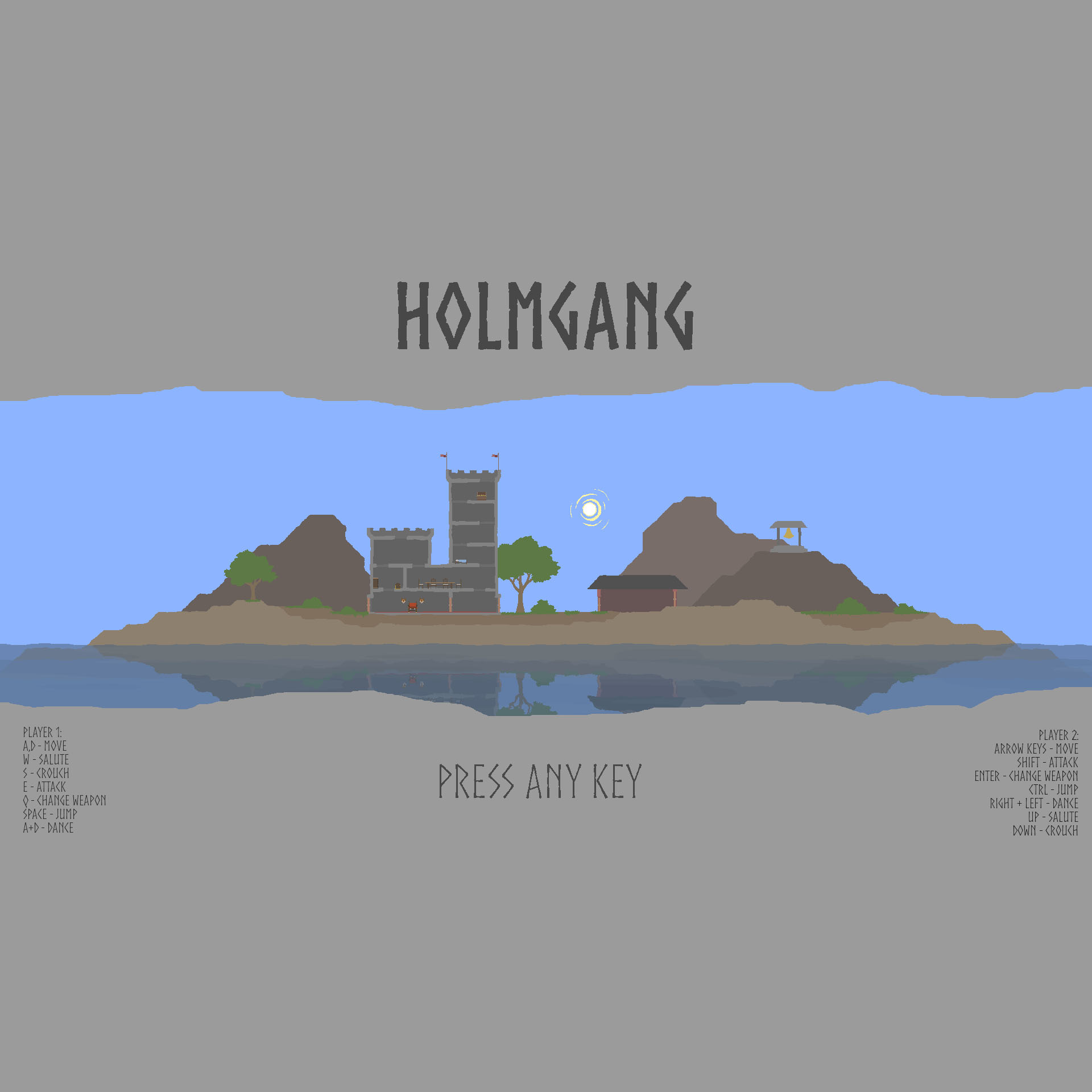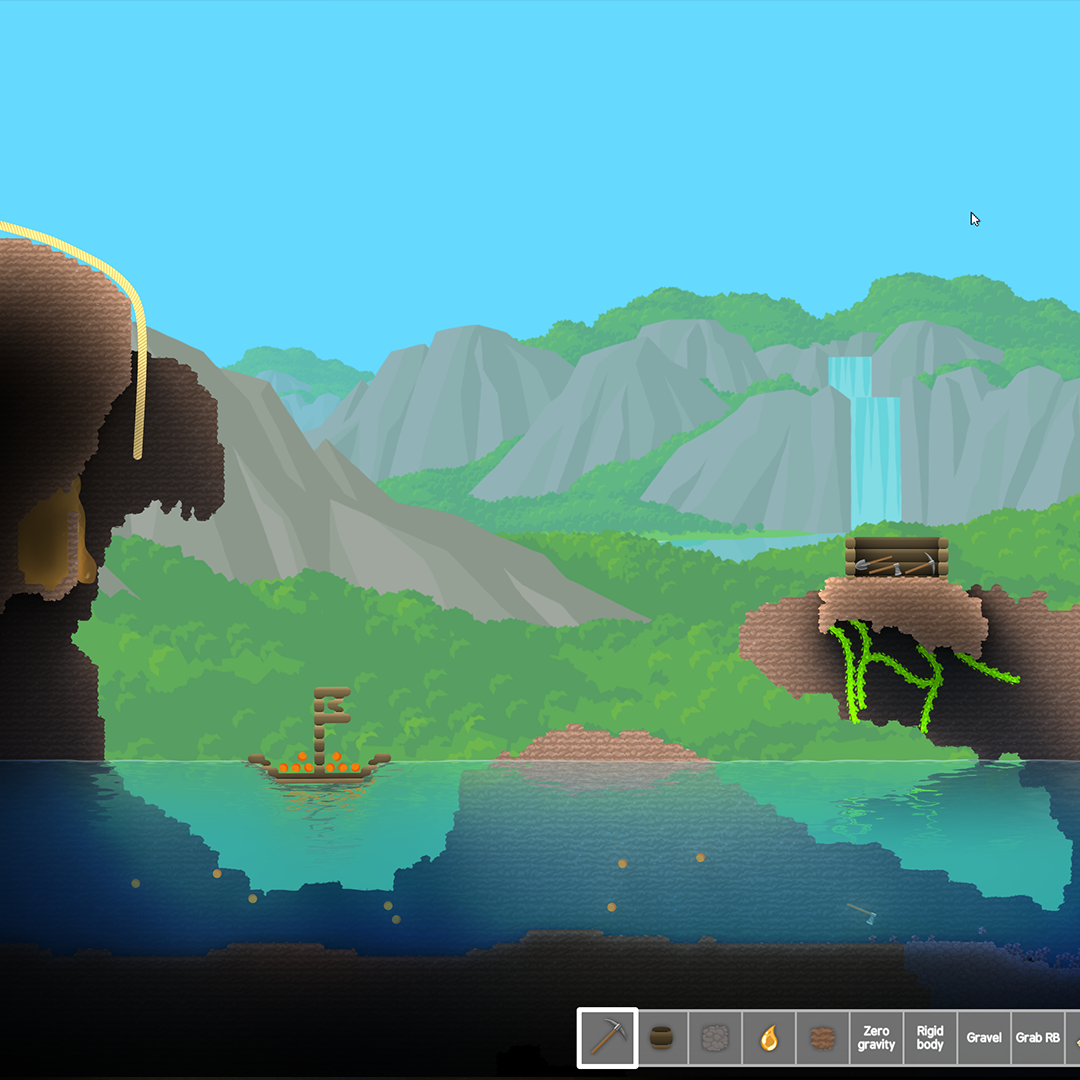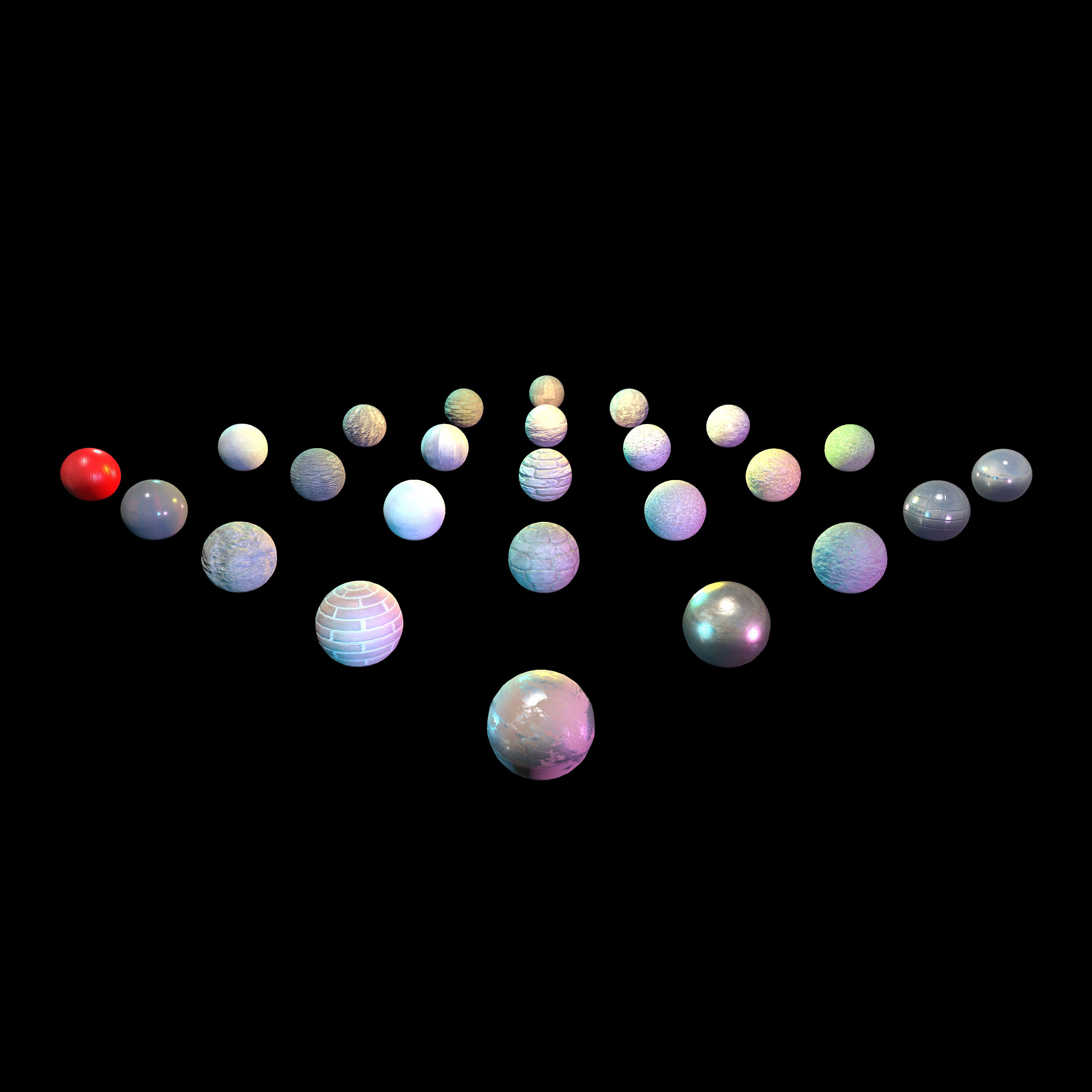Marcus Loo Vergara
contact@marcusv.io in/marcus-loo-vergara www.github.com/bitsauce bitsaucedev
Senior graphics programmer at myVR Software who's got a passion for creating all sorts of visual, interactive and learning systems

About Me
My name is Marcus "Bitsauce" Vergara, and I am a software engineer who's main areas of interests include computer graphics, computer vision, and deep learning. I graduated from the Norwegian University of Science and Technology with a M.Sc. degree in computer science June 2019. I love to dive deep into topics in these areas, and always aim to learn and explore new ideas in the field.
Graphics & Games
Growing up in the era when 3D graphics had just hit the home consoles, I developed an interest in learning how these experiences were made. I sought out information on the internet and scoured the forums, and eventually ended up with a copy of the Torque Game Engine installed on my machine. I didn't know programming, 3D modeling, audio design, or anything related, but I was persistent. I learned to program in C++ by carefully reading the source code of the engine and sample projects, and making connections between what happened in-game with the code on screen.


Fractala Sandbox
Fractala Sandbox is the most comprehensive of these projects – a 2D physics sandbox game that can simulate hundreds of thousands of particles in real-time by utilizing the GPU for the simulation. The project has been in development since 2019, and, in creating the engine from scratch, I have learned a lot about optimization for games and ways to ensure efficient communication between the GPU and CPU.
Graphics Software Engineering Internship
During the summer of 2018, I got an amazing opportunity to join PlayStation's Global Developer Technology Group as an intern and to work on various projects related to PS4 graphics. One of these projects pertained to the implementation of physically based rendering methods, in particular the "metallic workflow." I learned a lot about topics in advanced 3D graphics, such as low-level graphics programming, HDR and 4K rendering, GPU architectures and performance analysis.
